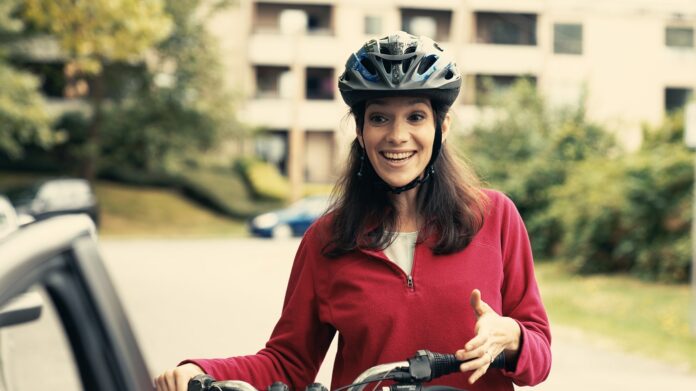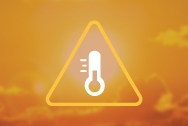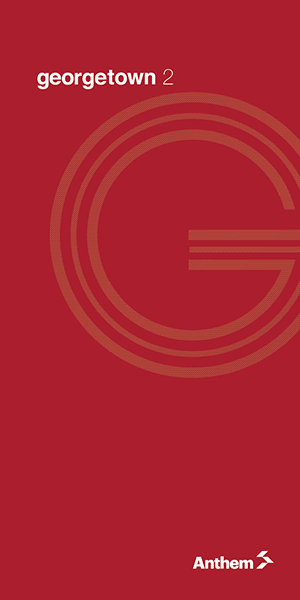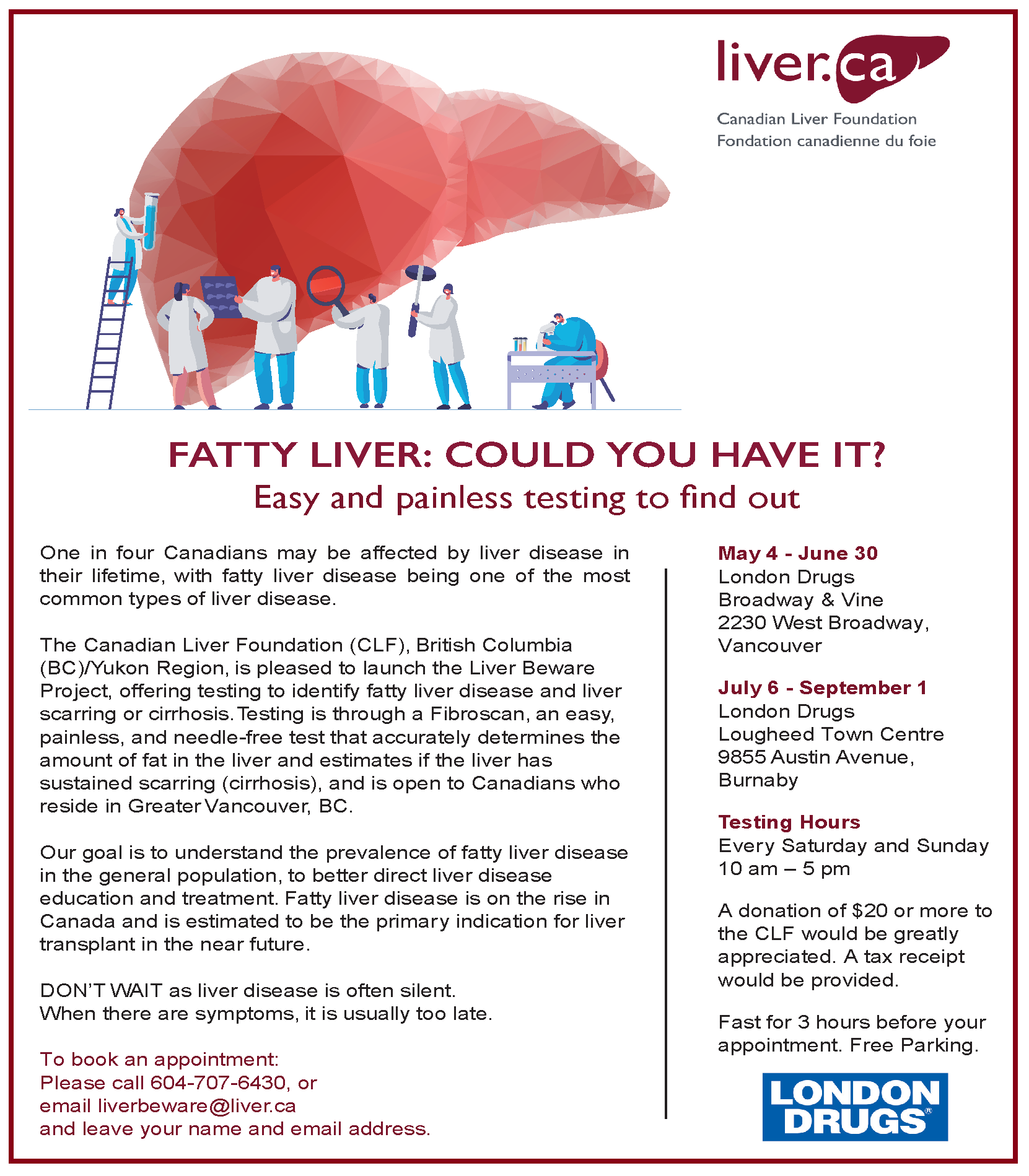KIDS are heading back to school, workers are going back to the office and new drivers are behind the wheel. Add in commuters with bicycles, e-bikes, scooters and other modes of transportation and we may be approaching pre-pandemic traffic levels with a lot of people sharing the road.
Doing the Dutch Reach helps to keep everyone safe. What is the Dutch Reach you ask? The Dutch Reach involves using your hand furthest from the door to open it, forcing your upper body and head to turn outward, making it easier to turn around to get an unobstructed view of oncoming cyclists, motorcyclists, pedestrians, people using wheelchairs or on scooters, or other “vulnerable road users.”
“The Dutch Reach is an easy and effective way for drivers and passengers to protect themselves and vulnerable road users,” says Dr. Emily Newhouse, Medical Health Officer, Fraser Health. “Mirrors alone don’t do the job due to blind spots, dirt, glare, or improper adjustment. The Dutch Reach is also important for rear passengers, who don’t have the benefit of mirrors.”
The Dutch Reach as the name would imply, was developed in the Netherlands where cycling is king. It’s designed to prevent “dooring” accidents where drivers open their doors into the path of cyclists, which can cause serious injury. Fast, flung doors can startle cyclists, causing them to lose control. Even brushing a handlebar can cause a cyclist to crash or throw them into the path of vehicles.
To do the Dutch Reach:
- Turn off the ignition, set the parking brake and release the seat belt
- Check both outside and inside rear-view/side mirrors for vehicles and cyclists
- Using hand furthest from the door, reach across to the door latch
- Check side mirror
- Twisting further, looking out the side and back over outer shoulder for oncoming vulnerable road users
- Unlatch door while keeping hand on the handle;
- If safe, with other hand now assisting, open door a few inches and lean slightly out to gain a clear, unobstructed view back for approaching traffic.
- When clear, open door slowly. Exit facing traffic, so you can continue to watch for oncoming hazards and go back into the car if required.
- Still facing traffic, walk around back of vehicle, and off the roadway.















